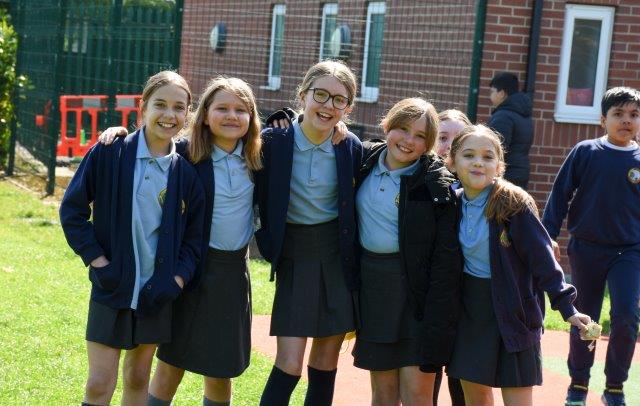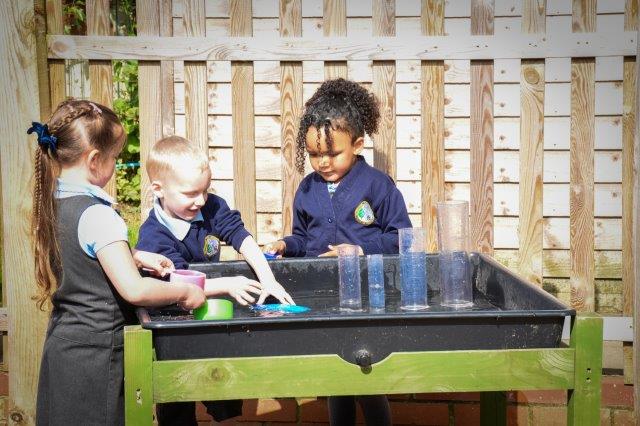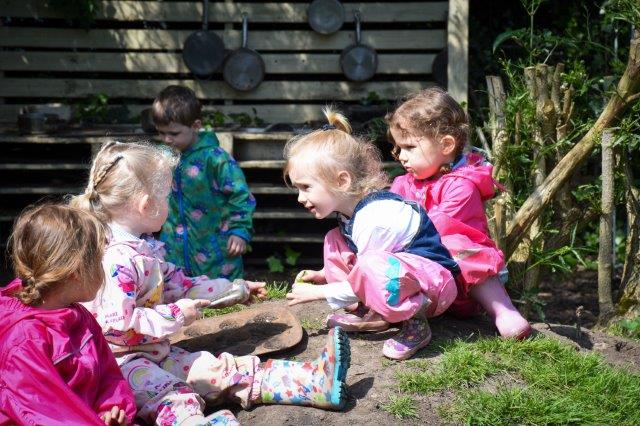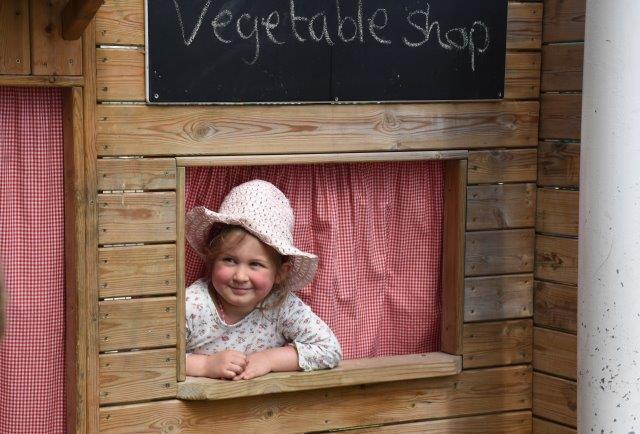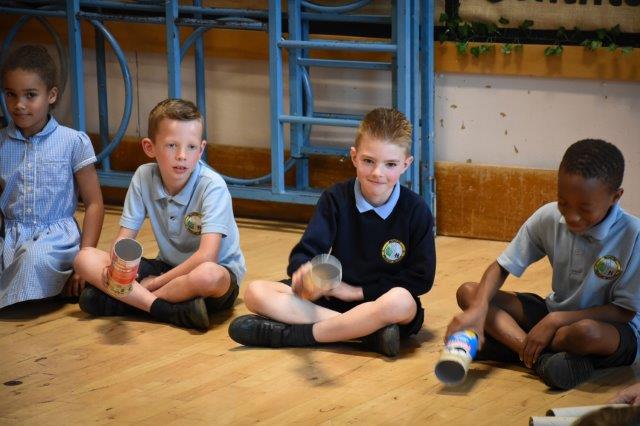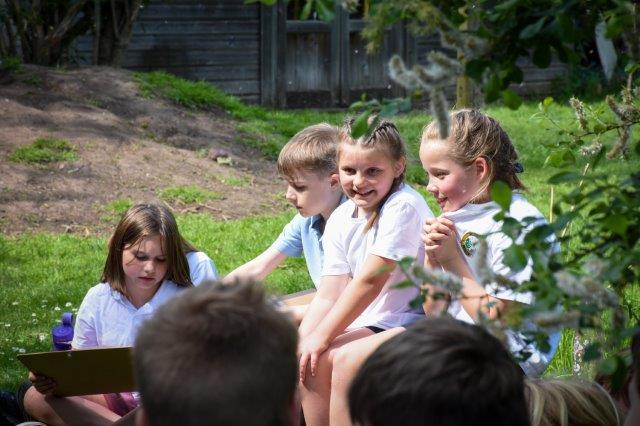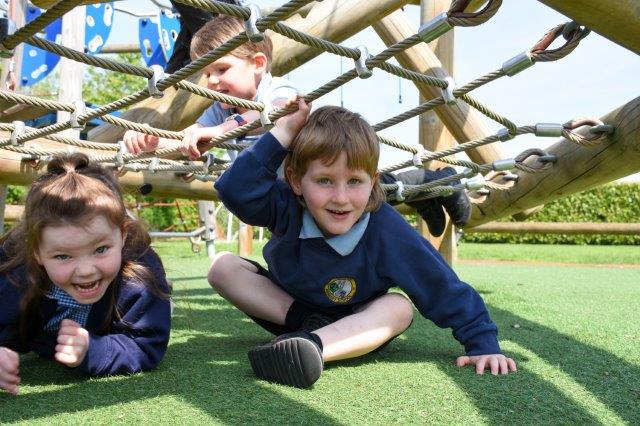Year Six
By the end of Year Six, children should be able to:
- Use negative numbers to calculate intervals across zero
- Divide numbers using long division, interpreting the remainders as appropriate
- Use order of operations to carry out calculations
- Use common factors to simplify fractions
- Compare and order fractions of any size
- Add and subtract fractions with different denominators and mixed numbers
- Multiply simple pairs of proper fractions
- Divide proper fractions by whole numbers
- Calculate decimal fraction equivalents for simple fractions
- Multiply a number with up to two decimal places by whole numbers
- Use written division with answers of up to two decimal places
- Solve problems involving the calculation of percentages
- Recall and use equivalences between fractions, decimals and percentages
- Solve problems using ratio using multiplication and division facts
- Solve problems involving similar shapes where the scale factor is known
- Solve problems involving proportion, using knowledge of fractions and multiples
- Use simple formulae
- Generate and describe linear number sequences
- Express missing number problems algebraically
- Convert units of measure between smaller and larger units
- Convert between miles and kilometres
- Calculate the area of parallelograms and triangles
- Calculate and compare volume of cubes and cuboids
- Illustrate and name parts of a circle
- Finding missing angles in triangles, quadrilaterals and regular polygons
- Recognise vertically opposite angles and find missing angles
- Describe positions on the full co-ordinate grid
- Translate shapes on a co-ordinate grid and reflect in the axes
- Construct and interpret pie charts
- Calculate the mean as an average

